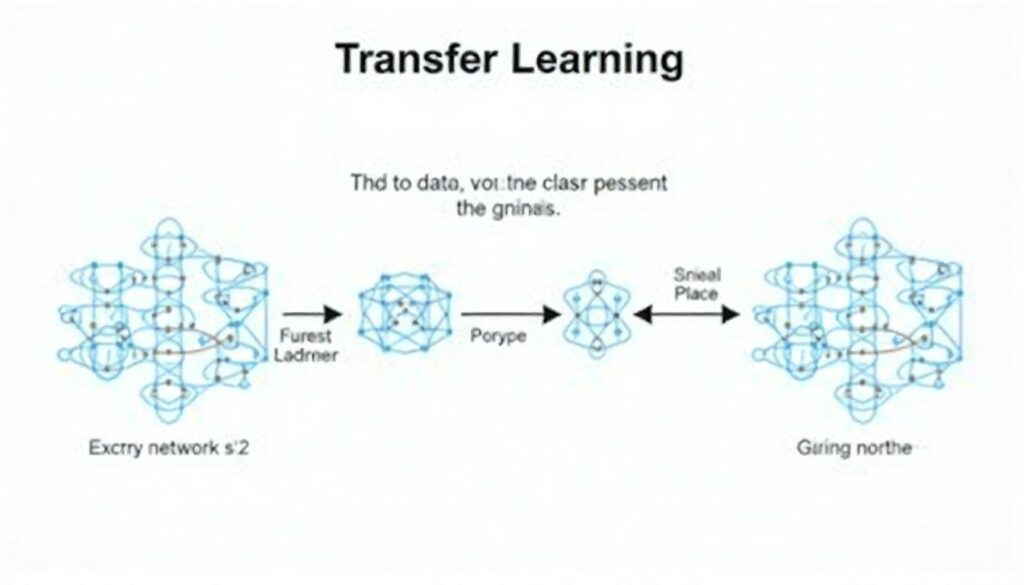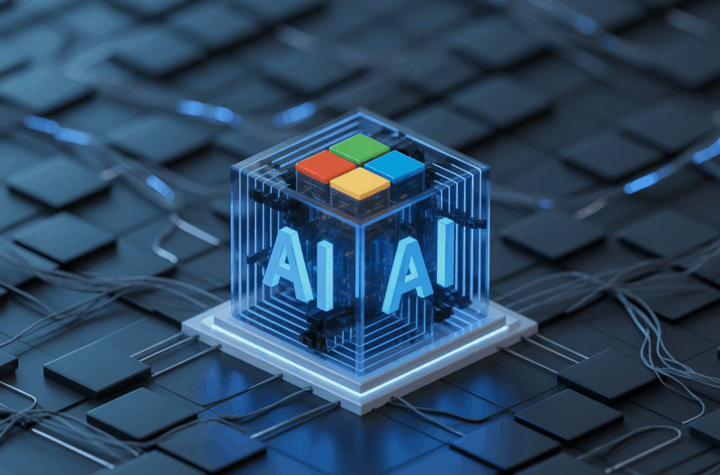
Artificial Intelligence (AI) has made incredible progress over recent years, powering innovations from smart assistants to image classification. A key factor behind this rapid advancement is a technique known as transfer learning. But what exactly is transfer learning, and how does it function?
In this post, we’ll explain transfer learning in straightforward terms and highlight why it’s so important in modern AI.
What Is Transfer Learning?
Transfer learning is an approach where an AI model trained on one task is reused or adapted to solve a different but related problem. Instead of creating a new model from scratch, transfer learning leverages previously learned knowledge to speed up the learning process on a new task.
Think of it like this: if you’ve mastered riding a bicycle, learning to ride a motorcycle becomes easier because many of the core skills transfer over.
Why Is Transfer Learning Valuable?
Building AI models from the ground up often demands massive datasets and extensive computing resources. This can be a barrier, especially for smaller companies or projects.
Transfer learning helps address these issues by:
- Shortening Training Time: Models start with pre-existing knowledge, which accelerates learning.
- Reducing Data Needs: Less labeled data is required for the new task because the model already understands foundational features.
- Enhancing Accuracy: Models adapted through transfer learning often perform better, particularly when data is limited.
How Does Transfer Learning Work?
Here’s a simplified overview:
- Pre-training: A model is initially trained on a large, general dataset—like millions of images spanning numerous categories.
- Fine-tuning: This pre-trained model is then customized on a smaller, task-specific dataset, such as medical images for disease detection.
- Application: The fine-tuned model is deployed to perform the new task.
Because the model has already learned to identify important patterns like shapes and textures during pre-training, it can apply that knowledge efficiently to the new problem.
Practical Examples of Transfer Learning
Transfer learning powers many of today’s advanced AI applications, including:
- Natural Language Processing (NLP): Pre-trained language models such as GPT and BERT are adapted for uses like translation, summarization, and chatbots.
- Computer Vision: Pre-trained models assist in tasks like face recognition, object detection, and analyzing medical scans without needing huge new datasets.
- Speech Recognition: Transfer learning helps voice assistants understand diverse accents and languages by building on existing models.
Why Should You Care?
For AI developers and researchers, transfer learning saves time and computing power while boosting model effectiveness. For businesses, it lowers the cost and complexity of deploying AI solutions.
Even for non-technical readers, understanding transfer learning offers a glimpse into how AI adapts quickly to new challenges in our fast-evolving world.
Closing Thoughts
Transfer learning is a powerful technique that enables AI models to learn new tasks faster and more accurately by building on prior knowledge. It’s a major reason AI technology is advancing swiftly and becoming increasingly practical across industries.
As AI continues to progress, transfer learning will remain a cornerstone for creating smarter and more adaptable intelligent systems.






More Stories
AI Meets Quantum Computing: Unlocking New Frontiers
How Open-Source AI Is Gaining Momentum
AI Startups and Giants Making Waves This Year